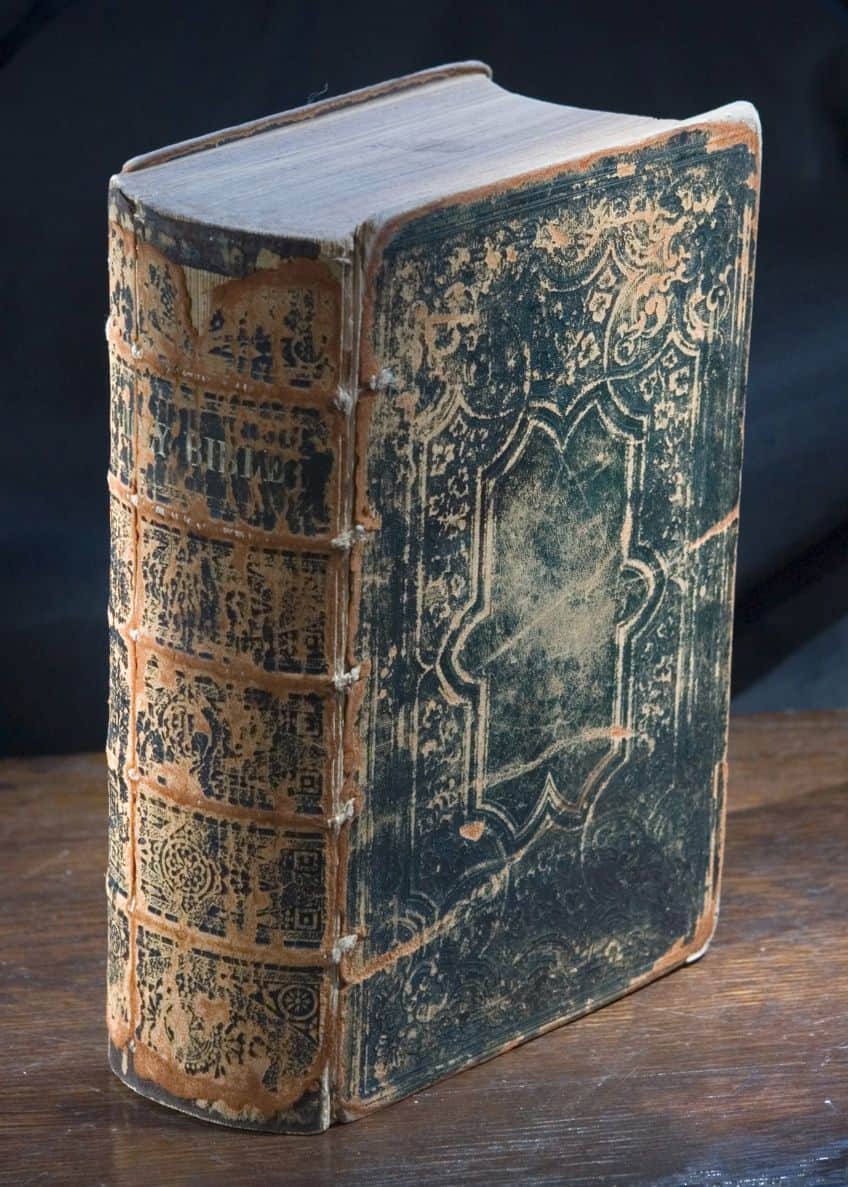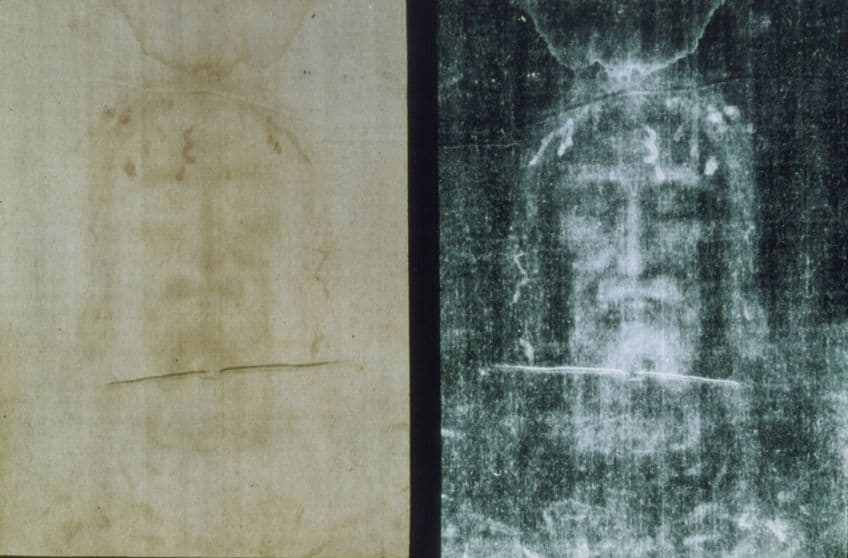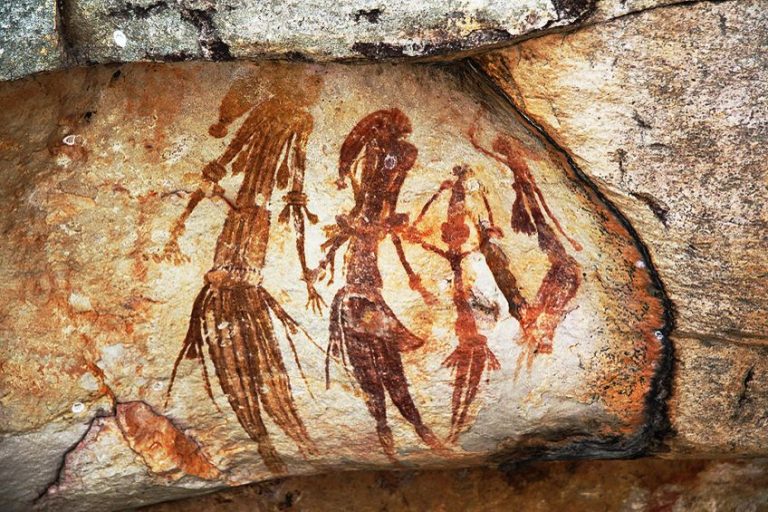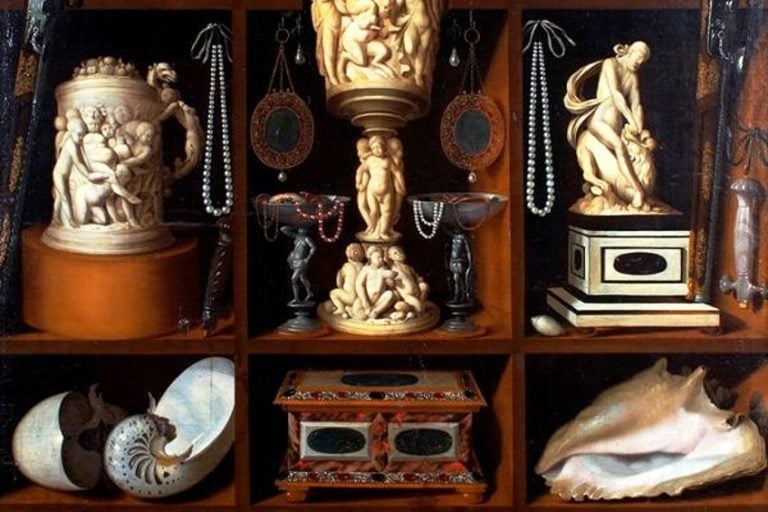Biblical Artifacts – Famous Holy Artifacts from the Bible
Have you ever wondered if artifacts from the Bible can be seen in person? When you think of Biblical artifacts, you might think of the Holy Grail, but is the Holy Grail in the Bible to begin with? If not, then which holy artifacts are in the Bible or come from that specific period, and is there a list of Biblical artifacts that can be explored? There are, in fact, several Bible artifacts whose owners claim are real, and in this article, we will explore these famous religious artifacts.
Our List of Biblical Artifacts
The Bible is full of stories that have influenced and shaped the world’s beliefs and values. Some people claim to have found holy artifacts that originated from these biblical tales. Many religious artifacts are hard to verify as being the “real deal”, and countless fakes have circulated around the globe over the centuries, claiming to be one of the real and revered Bible artifacts. Let us take a look at some of the most significant Biblical artifacts ever discovered, which will be listed in order of the date they were discovered.

The Shroud of Turin (c. 1354)
| Artifact Name | The Shroud of Turin |
| Date Discovered | c. 1354 |
| Type of Artifact | Burial shroud |
| Medium | Linen cloth |
| Location | Cathedral of Saint John the Baptist, Turin, Italy |
The Shroud of Turin is made of linen fabric with the impression of a man on it. The shroud is housed at Turin’s Cathedral of Saint John the Baptist and is thought by many to be Jesus Christ’s burial shroud. The Shroud’s origins are still being debated, and its validity as the real shroud of Jesus has yet to be established or disproven. It has been the subject of much scientific investigation, and there are several hypotheses and speculations concerning its provenance and the nature of the figure it bears.
The figure on the cloth seems to be a negative impression, as though it were a photograph, and some have speculated that it was generated using early photographic equipment such as a Camera Obscura.

Mesha Stele (1868)
| Artifact Name | Mesha Stele or Moabite Stone |
| Date Discovered | 1868 |
| Type of Artifact | Stele |
| Medium | Stone |
| Location | Louvre Museum, Paris, France |
The Mesha Stele contains an ancient inscription written by Mesha, King of Moab in the late 9th century BCE, with parts that correspond to events in the Hebrew Bible. The inscription relates how Mesha’s leadership of Moab led to triumph against ancient Israel. He claims to have conquered ancient Israel on several fronts, conquering numerous towns and slaughtering their populations. Mesha also claimed to have rebuilt or renovated several towns and structures, including a fortress, the king’s palace, and water storage cisterns. However, the remaining five lines of the text are missing. As a result, researchers are uncertain how the Mesha Stele ends.
The Mesha Stele is one of the longest inscriptions among hundreds of ancient inscriptions. As such, it has the potential to be massively beneficial for reconstructing the past.

Epic of Gilgamesh (1872)
| Artifact Name | Epic of Gilgamesh |
| Date Discovered | 1872 |
| Type of Artifact | Tablet |
| Medium | Stone |
| Location | The British Museum, London, United Kingdom |
George Smith noted in 1872 that he had unearthed an Assyrian narrative of a flood among tablets housed in the British Museum from excavations at Nineveh in the mid-7th century BCE. The Epic of Gilgamesh is made up of 12 tablets, one of which contains a story about a huge deluge. A flood hero called Utnapishtim tells Gilgamesh about an occurrence. He describes how the deity Ea warned him of an impending judgment and urged him to construct a vessel to preserve his life from the deluge of water. As the story progresses, the epic resembles the historical Noah story in various ways (Genesis 6-9).
This revelation caused quite a sensation among 19th-century biblical academics, and researchers continue to puzzle over and discuss the evident connections between the two even now.

Merneptah Stele (1896)
| Artifact Name | Merneptah Stele |
| Date Discovered | 1896 |
| Type of Artifact | Stele |
| Medium | Granite |
| Location | Egyptian Museum, Cairo, Egypt |
The Merneptah Stele is an ancient Egyptian monument from the era of Pharaoh Merneptah, Ramses II’s son. The stele is notable because it includes the first known reference to the Israelites and is one of the few Egyptian texts that reference Israel. The inscription on the stele chronicles Merneptah’s military invasion into Canaan, which comprised modern-day Palestine and Israel.
This is the first known appearance of the name Israel in a historical setting, and it has important consequences for the understanding of biblical history and the Israelite people’s origins.

The Baal Cycle (1928)
| Artifact Name | The Baal Cycle |
| Date Discovered | 1928 |
| Type of Artifact | Ugaritic texts |
| Medium | Stone |
| Location | The Louvre Museum, Paris, France |
Ugarit was a major Canaanite city-state during the second millennium BC. Since 1929, major excavations have been underway at the site. Hundreds of writings uncovered in the temple and palace sections of Ugarit are remarkable finds. The Ugaritic writings are significant because of the information they give on the Canaanite religion. These mythological narratives aid in understanding the religious setting of the Old Testament, including several connections between Israelite and Canaanite religious practices.
Furthermore, because the languages of Hebrew and Ugartic are so close, Ugaritic gives insight into the evolution and grammar of Hebrew. The Baal cycle is one of the most well-known of these texts.

Crucified Man at Givat Hamivtar (1968)
| Artifact Name | Crucified Man at Givat Hamivtar |
| Date Discovered | 1968 |
| Type of Artifact | Holy remains |
| Medium | Corpse relics |
| Location | Givat HaMivtar, East Jerusalem, Israel |
We know a lot about Roman crucifixion techniques from the 1st century CE, thanks to written sources as well as the remnants of a crucified individual uncovered near Jerusalem at Givat Hamivtar. Archaeologists believe the nails were driven into the wrist because the palms could not have sustained the man’s weight. His feet were also attached to the cross in a manner distinct from how it is usually believed people were crucified.
The Roman executioner fashioned a rough, rectangular wooden frame into which the victim’s heels were forced.
Ketef Hinnom Scrolls (1979)
| Artifact Name | Ketef Hinnom Scrolls |
| Date Discovered | 1979 |
| Type of Artifact | Scroll |
| Medium | Silver |
| Location | Israel Museum, Jerusalem, Israel |
The Ketef Hinnom scrolls, which date from 600 BCE, are the oldest extant manuscripts from the Hebrew Bible. Written in Paleo-Hebrew writing, the text is from the Book of Numbers and has been hailed as one of the most remarkable biblical discoveries ever recorded. They predate the oldest Dead Sea Scrolls by more than 400 years and are therefore useful in textual criticism. The priestly blessing, according to several scholars, was composed after the exile, with the oldest date being from the 4th century BCE. The archaeologists had a hard time unrolling and reading the scrolls since they were made of metal. They started with the largest scroll, which took three full years to unroll completely.
After they were done, they found that the scroll was covered with carefully carved letters. The name “Yahweh” was the first word they were able to interpret. They were able to comprehend the whole scroll after considerable time and effort.

Caiaphas Ossuary (1990)
| Artifact Name | Caiaphas Ossuary |
| Date Discovered | 1990 |
| Type of Artifact | Ossuary |
| Medium | Limestone |
| Location | Israel Museum, Jerusalem, Israel |
An old limestone box known as the Caiaphas Ossuary was found in a burial cave in the Jerusalem suburb of Peace Forest in 1990. The ossuary is written in Aramaic with the name “Joseph son of Caiaphas”, and is thought to have held the remains of the high priest Caiaphas. Caiaphas is a New Testament character who is referenced in relation to Jesus’ trial. Caiaphas presided over the Jewish council that tried and sentenced Jesus to death called the Sanhedrin, according to the Gospels. Offering credible proof for the presence of a figure described in the New Holy scriptures, the ossuary is a major archaeological find for biblical researchers and historians. The Caiaphas Ossuary’s intricate ornamentation, which features rosettes and carved designs, is also noteworthy.
The decorative style is characteristic of the first century CE, which corresponds to the historical period in which Caiaphas lived.

Tel Dan Stele (1993)
| Artifact Name | Tel Dan Stele |
| Date Discovered | 1993 |
| Type of Artifact | Stele |
| Medium | Stone |
| Location | The Israel Museum, Jerusalem, Israel |
The Tel Dan Stele is considered one of the most significant biblical archaeological findings, and it has been the topic of considerable research and discussion among academics. It is an old stone slab unearthed in 1993 in northern Israel. The inscription on the stele chronicles the military campaigns of an Aramean ruler named Hazael. The Tel Dan Stele is notable because it bears the first known mention of the “House of David” outside of the pages of the Holy Bible.
Its discovery offered significant light on the historical environment in which the Bible was written, as well as significant proof for the presence of the Kingdom of Israel and the Davidic dynasty. It is presently on exhibit in the Israel Museum in Jerusalem.

James Ossuary (2002)
| Artifact Name | James Ossuary |
| Date Discovered | 2002 |
| Type of Artifact | Ossuary |
| Medium | Limestone |
| Location | Royal Ontario Museum, Ontario, Canada |
This sacred artifact is a first-century limestone casket intended to store the bones of the deceased. An inscription on the box states that the remains belong to the brother of Jesus, James. The ossuary drew academic interest when it was discovered in 2002 due to its possible connection with the Christian holy family. The Israel Antiquities Authority claimed in 2003 that the inscriptions were fabricated much later and charged the owner, Oded Golan, with fraud. Golan was cleared of forgery charges but accused of illicit antiquities trading after a seven-year court process. The James ossuary was handed back to Golan, who then displayed it in public. The Israeli Antiquities Authority has to date not released any statement saying why it believed the ossuary inscription was forged.

That wraps up our look at famous artifacts from the Bible. While there are many Biblical artifacts mentioned in the scriptures, these mentioned above are religious artifacts that can actually be seen in person. These holy artifacts provide scholars with insight into what life was like in the Biblical period.
Frequently Asked Questions
What Are Bible Artifacts?
These are religious artifacts that have some connection to the Bible. While many of them may not specifically be mentioned in the Bible, they were from the same time and mention events and people associated with the religious scriptures. They are often able to provide information about the time, and perhaps some confirmation of the events said to have occurred in the Bible.
Is the Holy Grail in the Bible?
Some people believe that the Holy Grail is the cup that Jesus drank from in the last supper. Others say that its origins are in the mythology of pre-Christian Celtic beliefs. They all believed that the grail had some sort of miraculous healing power, based on various literary works.
Isabella studied at the University of Cape Town in South Africa and graduated with a Bachelor of Arts majoring in English Literature & Language and Psychology. Throughout her undergraduate years, she took Art History as an additional subject and absolutely loved it. Building on from her art history knowledge that began in high school, art has always been a particular area of fascination for her. From learning about artworks previously unknown to her, or sharpening her existing understanding of specific works, the ability to continue learning within this interesting sphere excites her greatly.
Her focal points of interest in art history encompass profiling specific artists and art movements, as it is these areas where she is able to really dig deep into the rich narrative of the art world. Additionally, she particularly enjoys exploring the different artistic styles of the 20th century, as well as the important impact that female artists have had on the development of art history.
Learn more about Isabella Meyer and the Art in Context Team.
Cite this Article
Isabella, Meyer, “Biblical Artifacts – Famous Holy Artifacts from the Bible.” Art in Context. May 8, 2023. URL: https://artincontext.org/biblical-artifacts/
Meyer, I. (2023, 8 May). Biblical Artifacts – Famous Holy Artifacts from the Bible. Art in Context. https://artincontext.org/biblical-artifacts/
Meyer, Isabella. “Biblical Artifacts – Famous Holy Artifacts from the Bible.” Art in Context, May 8, 2023. https://artincontext.org/biblical-artifacts/.










